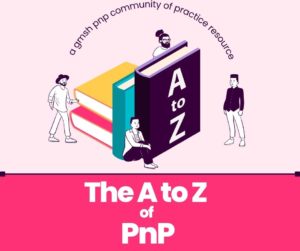In the world we live in today, a holistic view of health and wellbeing must include mental and emotional health alongside physical health. To provide client-centered healthcare that is tailored to the unique needs of queer men, clinicians and healthcare providers should know how queerness intersects with various facets of men's health. This factsheet takes an intersectional lens and looks at different factors such as HIV status, trauma, housing, race, age, ability, class, body image, substance use, etc. and makes suggestions for coping as well as improvements to the healthcare system.
The A to Z of Party n Play

- Resources
- >
- The A to Z of Party n Play
The A to Z of Party n Play
September 22, 2022

About this resource
This resource is your cheat sheet for terms and words associated with the PnP scene in Ontario.
The terms span both drugs and sexual slang, along with any appropriate abbreviations used online, or related terms.
Not all terms are used universally, so look out for regional differences (e.g., meth is call JIB or ISH in Manitoba, but T and Tina in Southern Ontario).
How can you use this resource?
Mirroring the language used in community is a great way to relate to guys who PnP. When we use professional jargon, we risk being seen as unapproachable, stigmatizing and unfriendly. This resource will help with your face-to-face conversations, online outreach, and other engagements with guys who party.